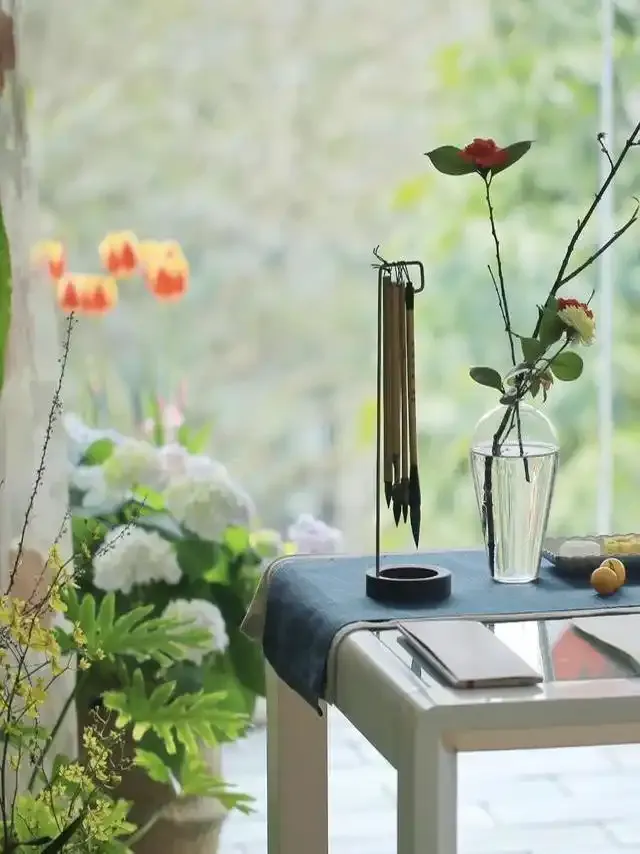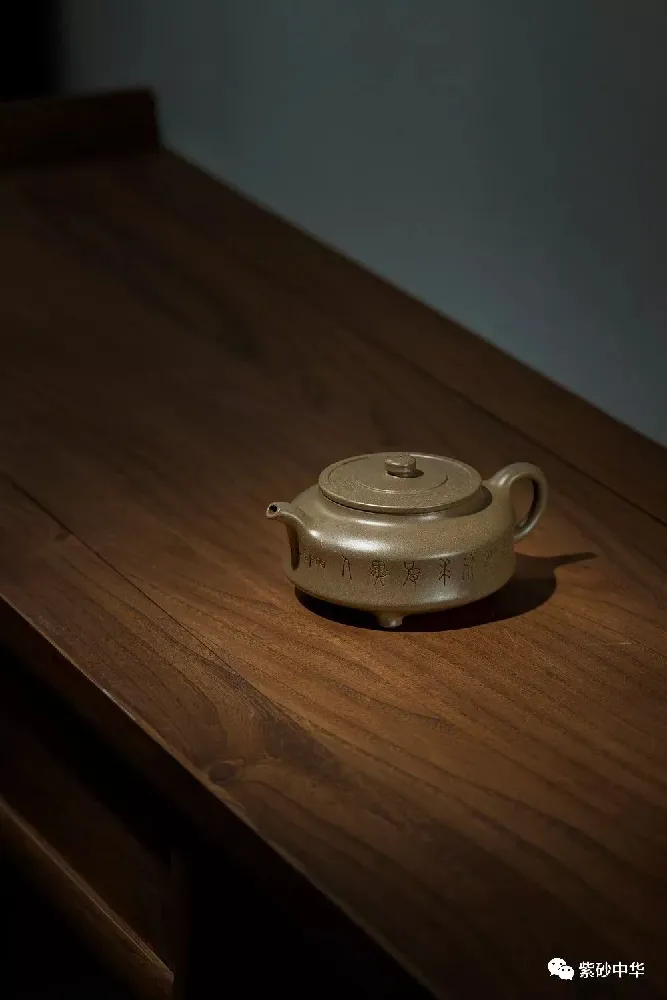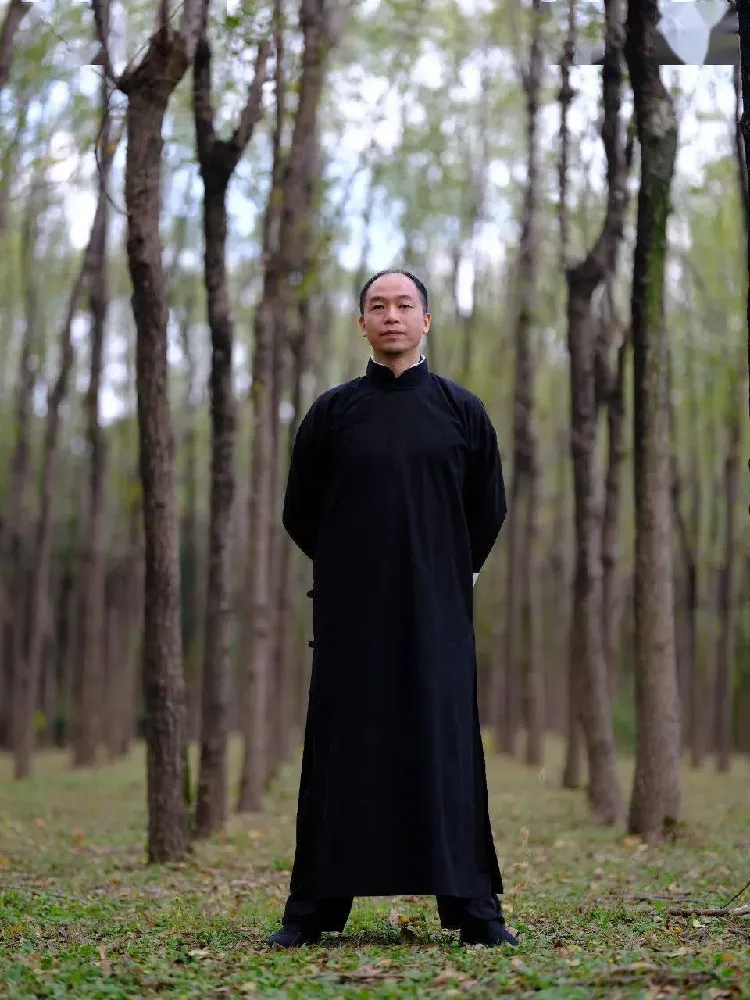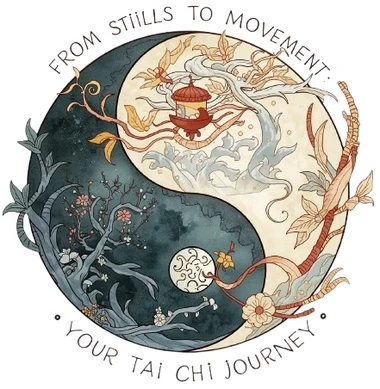Tired of constant tension at work and home? This ancient mindset turns clashes into your greatest advantage.
You’re in a meeting, and two teams are locked in a stalemate.
One side is pushing for aggressive innovation; the other is defending proven stability. The energy drains from the room. Sound familiar?
What if you’re approaching this all wrong?
We’ve been taught to see conflict as something to win or eliminate. But ancient Tai Chi philosophy offers a more powerful lens: conflict isn't a wall to break down; it's an energy source to harness.
This isn’t about slow-motion exercise. It’s about a dynamic operating system for modern life.
Forget the abstract philosophy—let’s talk about a practical semantic framework you can use today.

What is the Core Tai Chi Framework in Simple Terms?
At its heart, Tai Chi is about three powerful principles.
Think of them as your new playbook for navigating complexity.
1. The Transformation of Contradictions
- The Big Idea: Opposites—Yin and Yang—don't cancel each other out. They feed each other. They are interdependent, constantly flowing and transforming into one another. The friction between them is where creativity is born.
- Why It Matters for You: That heated debate between your marketing and engineering teams? That’s not dysfunction—it’s raw material. The goal isn't for one side to conquer the other. The goal is to transform that tension into a third, smarter solution that neither side saw coming.
- You stop seeing "my idea vs. your idea" and start facilitating "our innovation."
- A disagreement with your partner stops being a battle and becomes a crucial opportunity to understand a deeper need.
2. Harmony and Coexistence
The Big Idea: Harmony isn’t a peaceful, static picture. It’s a dynamic, active balance—like riding a bike. You’re constantly making micro-adjustments to stay upright and move forward.
Why It Matters for You: You’re constantly juggling competing priorities.
- How do you balance cutthroat competition with seamless collaboration? You don't choose one. You create a system where healthy competition fuels collective success, achieving a balance between the individual and the whole.
- How do you honor your personal career goals (individual) with the needs of your family (whole)? You negotiate, you communicate, you find a dynamic balance in chores and responsibilities—it’s never 50/50 on a given day, but it balances out over time.
3. The Philosophy of Wu Wei (无为) - Effortless Action
The Big Idea: This is the most misunderstood concept. Wu Wei doesn’t mean "do nothing." It means "do nothing forced or against the grain." It’s the art of intelligent, timely action that aligns with the flow of reality. It’s using a lever instead of brute force.
Why It Matters for You:
- Overcoming Hard with Soft: Are you repeatedly hitting a wall with a stubborn colleague? Instead of pushing harder (which creates more resistance), you step back. You ask questions. You find the path of least resistance that still leads to your goal. You're like water flowing around a rock.
- Flowing with the Current: In a fast-changing market, do you rigidly stick to a 5-year plan? Or do you sense the shifting currents and adjust your sails? This is strategic agility, not aimless drifting.

Can Ancient Balance Principles Fix Modern Teamwork?
Absolutely.
Let’s get tactical. Here’s how to apply this semantic system directly to your workplace management practices.
Scenario: You're Facilitating a Deadlocked Meeting (会议中的意见调和)
- The Old Way: You play referee, eventually siding with the louder or more senior voice. One side wins, the other resents, and the innovation dies.
- The Tai Chi Way: You see the two opposing views as Yin and Yang. Your job is to be the facilitator of transformation.
- ✔️ Acknowledge the Polarity: "I see John's team is pushing for breakthrough innovation, and Sarah's team is rightly concerned about system stability. Both are critical."
- ✔️ Reframe the Goal: "Our challenge isn't to choose one. Our challenge is to design a solution that gives us both aggressive innovation and rock-solid stability. What would that require?"
Result: You've transformed the contradiction. The energy shifts from "fighting against" to "building together."
Scenario: A Project is Stuck in Conflict (项目冲突的柔性解决)
The Old Way: The project manager imposes a top-down decision, creating silent sabotage and disengagement.
The Tai Chi Way: You apply 刚柔并济策略 (The Strategy of Firm and Flexible).
- Be Firm on the CORE GOAL (The "Yang").
- Be Flexible on the METHODS AND PATH (The "Yin").
- Give the team autonomy within clear constraints. This is the essence of modern empowerment.
Scenario: Building a Resilient Team (团队建设的阴阳平衡)
Is your team always "on"? Constant meetings, rapid-fire chats? That's all Yang (action). Where's the Yin (reception, reflection)?
- ✔️ Mandate "Deep Work" Blocks (Yin) to balance collaborative meetings (Yang).
- ✔️ In a remote work (远程办公的阴阳协调) setting, balance synchronous video calls (Yang) with asynchronous deep-thinking documents (Yin).
- ✔️ Actively manage the balance between motion and rest. A team that never stops moving never has the space to have a breakthrough idea.
This is how you stop managing tasks and start leading energy. You're not just checking boxes; you're conducting the flow of your team's collective intelligence.

How Do You Use Tai Chi to De-escalate a Family Argument?
Let's get real.
The principles that create flow at work are the same ones that create peace at home. The stakes are just higher because it’s your personal life.
The Core Challenge: In family dynamics, we're often at our most rigid. We fight to be "right" instead of fighting for connection.
Scenario: The Endless Debate Over Screen Time
- The Rigid (Yang) Approach: "No more screens after 7 PM! That's the rule!" This creates rebellion, sneaking around, and power struggles.
- The Yielding (Yin) Approach: "Oh, just let them do what they want." This creates chaos and no boundaries.
The Tai Chi (Harmonious) Approach: You seek a dynamic balance.
- You sit down together and co-create a "Family Digital Wellness Agreement."
- You are FIRM on the PRINCIPLE (e.g., "We value face-to-face connection and need to protect our sleep") – that's your Yang.
- You are FLEXIBLE on the EXECUTION (e.g., "On weeknights, let's aim for no screens during dinner. On weekends, we can be more relaxed") – that's your Yin.
- You've transformed a parent-vs-child conflict into a family collaboration.
Scenario: Navigating Clashing Spending Habits
This happens between couples and across generations. One person is a saver (Yin energy), the other a spender (Yang energy).
- The Old Way: The spender calls the saver "cheap." The saver calls the spender "irresponsible." Resentment builds.
- The Tai Chi Way: You acknowledge the interdependence. The saver provides security and future-proofing. The spender invests in experiences and joy that enrich life now.
The Transformation: You create a budget that honors both energies. You allocate funds for "future security" (Yin) and "present enjoyment" (Yang). You stop seeing your partner as your opposite and start seeing them as your essential counterbalance.

What's the Single Most Important Tai Chi Skill for Personal Stress?
It’s mastering the cycle of Transforming Stress and Release.
You can't avoid stress (Yang). But you can master its counterpart: release (Yin). Most of us are terrible at this. We live in a state of perpetual, low-grade tension.
The Tai Chi Practice:
- Step 1: ACKNOWLEDGE the Stress. Don't fight it. Feel it in your body. Name it. "This is Yang energy."
- Step 2: ACTIVELY RELEASE. You must consciously engage the Yin. This isn't passive.
- ✔️ Physically: Take 5 deep, slow breaths. Go for a walk without your phone. Do 10 minutes of stretching.
- ✔️ Mentally: Journal. Meditate. Shift your focus completely to a hobby.
You are consciously completing the cycle: Stress (Yang) -> Acknowledgment -> Release (Yin) -> Renewed Balance.
This is the micro-level application of the grand philosophy. It’s how you stop being a victim of your circumstances and start being the orchestrator of your own inner state.
Your New Operating System
The goal of Tai Chi thinking isn't to make life perfectly calm. That's impossible. The goal is to become antifragile—to get better at navigating the turbulence.
Stop trying to eliminate the Yang of conflict, pressure, and challenge.
Stop over-indulging the Yin of avoidance, passivity, and withdrawal.
Your new mission is to orchestrate the flow between them. In your next meeting, in your next difficult conversation, in your next moment of stress, ask yourself:
"Am I fighting the energy, or am I leading it?"
The moment you shift from seeing problems as something to break to seeing them as a dynamic system to balance, you unlock a more effortless, intelligent, and powerful way to live and lead. That’s the real Tai Chi code.
Frequently Asked Questions About Applying Tai Chi Thought
What is the main goal of Tai Chi thinking?
The main goal isn't to eliminate conflict or challenges, but to orchestrate the energy within them. It's about moving from a rigid, "win-lose" mindset to a fluid one that seeks dynamic balance and transforms contradiction into a source of creativity and resilience, both at work and at home.
How can Tai Chi help with workplace conflict?
Taichi re-frames workplace conflict from a problem to a resource. Instead of letting debates stall, you use Yin-Yang interdependence to facilitate. By acknowledging both sides (e.g., "innovation" vs. "stability") and reframing the goal, you guide teams to synthesize opposing views into superior, innovative solutions. This is the core of 矛盾转化 (transformation of contradictions) in action.
Can Tai Chi principles really improve my family relationships?
Absolutely. The same harmony and coexistence principles that balance a team can balance a family. It teaches 刚柔并济 (being firm and flexible)—firm on core values (like respect) but flexible on methods (like screen time rules). This approach transforms power struggles over issues like generational gaps in spending or chores into collaborative conversations, deepening understanding.
What does "Wu Wei" or "Effortless Action" mean in daily life?
Wu Wei (无为) is often misrepresented as "doing nothing." In reality, it's the skill of effortless doing. It means: Using柔性策略 (flexible strategies) to navigate around rigid resistance instead of hitting it head-on. Flowing with the current by adapting your plans to new information rather than forcing an outdated one. It's the art of accomplishing more by using intelligent, timely action, not just brute force.
How do I balance competition and cooperation in my team?
This is a classic harmonious coexistence challenge. The key is to see them as complementary forces (Yang and Yin), not opposites. Foster healthy competition to drive individual excellence (Yang), but within a framework that rewards shared success and collaboration (Yin). Celebrate wins that demonstrate how competition and cooperation together lead to better outcomes for the whole team.
What's a simple way to start using Tai Chi thinking for stress?
Master the stress and release conversion. Acknowledge stress (the Yang energy) without fighting it. Then, consciously activate its counterpart, release (the Yin energy). This can be as simple as: Taking five deep breaths when feeling overwhelmed. Going for a short walk without your phone. This completes the cycle, moving you from tension back to balance.
How can Tai Chi philosophy assist in leadership and management?
Tai Chi leadership is about orchestrating energy, not just managing tasks. It involves: Resolving project conflicts flexibly by being firm on goals but flexible on methods. Building teams with Yin-Yang balance between collaborative "action" and solitary "reflection" time. Practicing the wisdom of overcoming hard with soft by listening and asking questions to guide rather than command, inspiring true buy-in.
Is Tai Chi thought relevant in today's fast-paced, digital world?
It's perhaps more relevant than ever. In an era of remote work and digital overload, its principles provide an anchor: 阴阳协调 (Yin-Yang Coordination) helps balance screen time with human connection. Fast-paced life balance techniques are essentially about managing energetic inputs and outputs. The core idea of finding stability through flow, not rigidity, is the ultimate strategy for navigating constant change.
